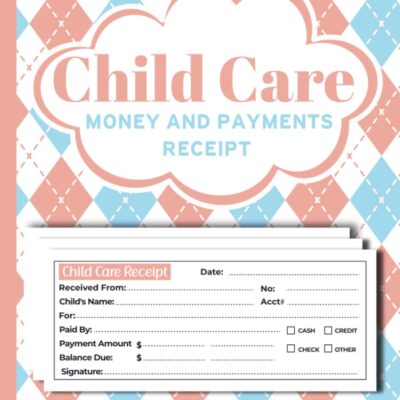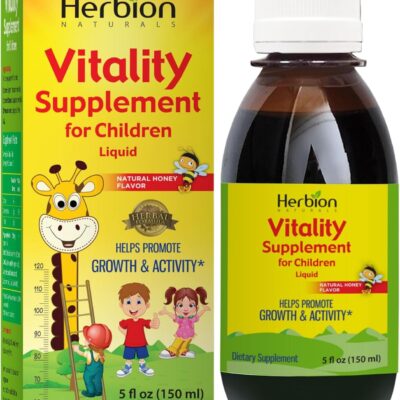
Daily sugar restrictions is everywhere. From that sweet morning coffee to the dessert that seems impossible to resist, it’s hard to avoid. But have you ever stopped thinking about how much sugar you consume? And why it might be a problem? Understanding how much sugar we should be eating and making better food choices isn’t just another health trend—it’s essential for our long-term health. Let’s break it down and figure out how to start eating better today.
Why Is Sugar Such a Big Deal?
Daily sugar restrictions tastes great, to be honest. It’s in many of our beloved dishes and is delicious and consoling. But there’s more to sugar than meets the eye. There are two main types of sugar: natural sugars and added sugars.
Found in fruits, vegetables, and dairy products, natural sugars are the type you find in These are good since they have vitamins and fiber that support your body’s healthy handling of the sugar.
We then have to be aware of added sugar to meals during processing. Soda, candies, cakes, and even items like bread and sauces—that which does not taste sweet—have added sugars.
Too much sugar, especially added sugar, can lead to many health issues. It’s been connected to heart problems, diabetes, and weight gain. Eating too much sugar over time can cause your body to become insulin-resistant, the hormone that controls blood sugar levels, which would result in type 2 diabetes. It’s also a major source of inflammation, which increases heart disease risk greatly.
How Much Sugar Should You Eat?
How then, is too much sugar? Professionals such as the American Heart Association say the daily maximum for men is 36 grams (about 9 teaspoons) and for women is 25 grams (about 6 teaspoons). Depending on their age, children consume much less—between 12 and 25 grams.
Although these figures seem acceptable, if you’re not careful sugar may soon pile up. One Coke can has more than forty grams of sugar! And sugar is not always readily apparent. Often disguised in foods under several labels, including sucrose, high fructose corn syrup, and honey, is sugar.
Starting with food labels, keep track of your sugar intake. Look on the Nutrition Facts label for the “added sugars” line. This will enable you to keep inside your daily sugar restrictions and make better decisions.
Why Cutting Back on Sugar is a Game-Changer
Cutting back on daily sugar intake doesn’t just help you avoid bad things; it also has many good effects.
For starters, you’ll feel like you have more energy. Though it normally makes you weary and dull soon after, sugar can provide a temporary lift. Cutting back helps you to have more consistent energy all through the day. Then you have weight management. Many times high in calories but lacking in nutrients, sugary foods can lead to weight increase. Reducing sugar intake will enable you to maintain a good weight and reduce your chance of gaining weight, which is linked to many long-term illnesses.
You may also notice that your mood gets better. People who eat a lot of sugar may be more likely to experience sadness and anxiety. On the other hand, eating less sugar can help keep your mood stable and clear your mind.
And let’s remember your teeth! Sugary drinks and foods can damage your teeth. and cavities, especially if you don’t brush and floss regularly. By reducing sugar, you’re doing your smile a big favor.
Easy Tips to Cut Down on Sugar
Daily sugar restrictions cutting back on sugar might sound harsh, but it doesn’t have to be. Here are some simple tips to help you reduce your sugar intake without feeling deprived:
- The first step to reducing sugar is knowing where it’s hiding. Read food labels all the time and looking for the “added sugars” line. You might be surprised at how much sugar is in everyday foods!
- Many foods and drinks have lower-sugar versions available. For example, try plain yogurt instead of flavored, and sweeten it with fresh fruit if needed. Switch to unsweetened almond milk instead of the sweetened variety.
- When you’re hungry, instead of reaching for candy or cookies, try healthier options like fruits, nuts, or yogurt. These snacks provide natural sweetness along with other nutrients to keep you satisfied.
- Drinks can be a significant source of added sugar. If you’re used to sweetening your coffee or tea, try gradually reducing the amount of sugar. Consider swapping sugary sodas for water, herbal tea, or sparkling water.
- When you cook at home, you control what goes into your food. For extra taste, use fresh foods and try different herbs and spices. sugar.
- There’s no need to cut out sugar entirely—try to limit sugary treats to special occasions rather than making them a daily habit.
How to Eat Better and Stay Balanced
Cutting back on sugar is a great start, eating a balanced meal is important, though also essential. Here’s how you can do that:
- Eat More Whole Foods: Whole foods like fruits, vegetables, whole grains, lean proteins, and healthy fats should comprise most of your diet. These foods have a lot of good nutrients and not much sugar which helps keep you full and energized.
- Balance Your Meals: Make sure each meal includes a mix of protein, healthy fats, and fiber. This combo helps keep you satisfied and reduces the chances of sugar cravings later on.
- Plan Your Meals and Snacks: If you plan ahead, you can avoid eating on the spot. Always have nuts, fruits, and vegetables on hand as healthy snacks. so you’re less tempted to reach for sugary options when hunger strikes.
- Stay Hydrated: Sometimes, when we think we’re hungry, we’re just thirsty. It can help you to drink a lot of water during the day. Drink plenty of water and resist the desire to snack on sugary foods.
Handling Social Situations and Sugar Cravings
Being in social settings can be hard when you’re trying to cut back on sugar. Whether it’s a birthday party, a holiday gathering, or just a night out, sugary treats are often front and center. Here’s how you can handle these situations without feeling left out:
- Before you go to a social event, have a healthy meal or snack so you’re not starving when you arrive. This can keep you from eating too many sugary foods.
- When you’re faced with a table full of treats, take a moment to assess your options. Choose a small portion of something you enjoy and savor it rather than mindlessly snacking on everything in sight.
- If you’re going to a potluck or party, consider bringing a healthier option that you know you can enjoy. Consider a fruit salad, veggie platter, or homemade snacks with little to no added sugar.
- If craving something sweet, ask yourself what’s triggering it. Are you stressed, tired, or just bored? Sometimes, addressing the underlying cause can help manage cravings. If the craving persists, try satisfying it with a small piece of dark chocolate or a handful of berries.
Wrapping It Up Small Changes, Big Results
Understanding daily sugar restrictions and making better food choices doesn’t have to be complicated. You can significantly Take small steps to reduce sugar and improve your health, like reading labels and choosing lower-sugar options. Remember, it’s all about making progress, not being perfect. Every small change you make today can lead to significant improvements in the future. So why not start now? Your body—and your taste buds—will thank you!
If you want to learn my #1 Glucocil – Premium Blood Sugar Support, Click Here Now.





